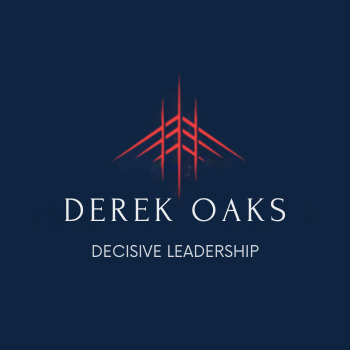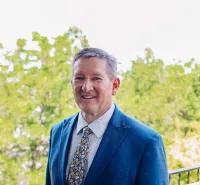2-SECOND BURSTS
SHORT THOUGHTS ON LEADERSHIP, DECISION-MAKING, FLIGHT, AND OTHER TOPICS OF THE DAY
ARTICLES
Supply Chain Woes
Getting weapons, food and personnel to the fight has long been one of the greatest challenges of war fighting. Grit, anger and aggression are often all that is needed from a strategic perspective, but anger with a hungry, weaponless army that is exhausted because of their long walk to the fight will lose the fight.
SECDEF McNamara organized the Defense Logistics Agency to formalize the recognition that logistics wins wars, to consolidate much of the buying power and effort spread between the services. His intentions were correct, but like his implementation of PPBE and the Edsel, he did not understand the basics of administration and organizational behavior.
Today, the Defense Logistics Agency is filled with hard-working individuals who want what is best for the nation and its defense, but are stuck with processes and systems that wastes tax dollars and inhibits fielding of the best equipment available.
Without getting into detail, DLA purchases spare parts, consumables, fuels, uniforms and so much more. The intention with consolidation was to keep our eye on our supply chains and use the collective buying power of all the services for better pricing and better quality. The reality is often far from that. The problem lies in the relative inability of the end user to choose what they get. Knowing what is best for the front line fighters, you would think the end-users would have a larger say on what they buy, but the 3 degrees of separation between the end user and the vendor inhibits effective interface between them. Add on the additional administrative fees and effort, and we the taxpayer often pay more for the wrong product, sometimes with dangerous consequences. Let me give you an example...
Sealants, coatings and other consumables are often hazardous materials, or HAZMAT. For good reason, there are many restrictions on storage, handling, and application of HAZMAT in not only the military but across the US workforce. Some of these materials, like polysulfide, have been around since World War II as an acceptable solution to a sealant problem. They worked fine on your grandfather's B-17, kind of work now, but there are other alternatives that avoid the HAZMAT requirements and are actually better sealants and protectants.
Another consideration--and one that regularly bites the military in the behind--is the shelf life of these older HAZMAT materials. Not only do most of them have a relatively short shelf life, but can get progressively more toxic with time, never mind their increased ineffectiveness as sealants and protectants. Once they are past their scientifically determined shelf life, they should be disposed of. But even in disposal, products like polysulfide are expensive to handle and deal with. So what is the solution?
Too often to stomach, DLA extends the shelf life beyond the manufacture's limits, keeping around a product that is not only increasingly more toxic and harmful, but less and less effective for its intended use. It presents a no-win situation of having to deal with HAZMAT and having a purchased product that no longer serves its purpose. What frequently happens, though, is that the end-user is forced to buy products that cost the same as new, but do not work as they need to work. This adds wear and tear to our aircraft, increased risk to our personnel, and no reduction in cost.
The frustrating part is that there is a solution, quite a few of them. A number of products exist as alternatives that are neither HAZMAT nor do they have an expiration date. A switch almost entirely to these type of products reduces all of the headache of HAZMAT, and just as importantly provides better products for the warfighters, and a reduced total ownership cost.
As the Air Force attempts to move into an Agile Combat Employment construct where Airmen are asked to do more and different tasks, this is the perfect time to shift for this and other products. Ditch the HAZMAT, scrap the expiration dates, and raise the bar on overall quality. We no longer have to live with World War II tech, so why are we doing so?

CONTACT DEREK!

MEDIA INQUIRIES
Members of the press are welcome to contact us regarding any requests at [email protected] ;
(385) 777-6285

